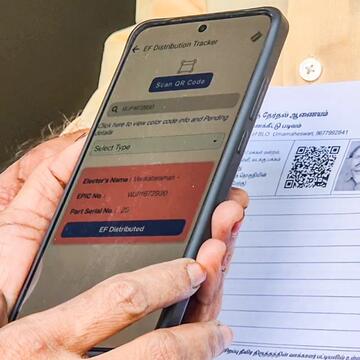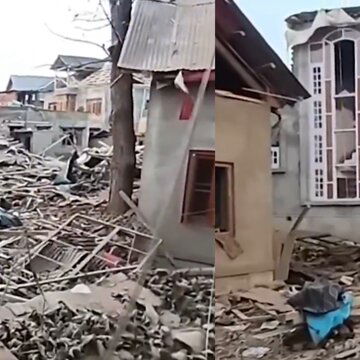The Jammu & Kashmir Police, with the support of the Intelligence Bureau and Faridabad Police, recovered a huge cache of explosives and arms from a rented house in Dhauj village, Faridabad. Based on intelligence inputs derived from interrogations of suspects in Jammu & Kashmir, security forces recovered nearly 350 kilograms of explosives, including 14 bags of ammonium nitrate, an AK-47 rifle, 84 live cartridges, timers, five litres of chemical solution, and 48 items used to assemble IEDs.
Also Read | Fresh Kashmir valley raids: Counter-Intelligence Kashmir detains 9 amid crackdown on online extremism
Suspect linked to J&K network
As per a report by the Hindustan Times, the rented house belonged to Al Falah Medical College student, Dr Mujahil Shakil, a native of Jammu & Kashmir. He rented it about three months ago. According to officials, Dr Shakil was taken into custody by the J&K Police on October 30, after another accused, Dr Adil Ahmad Rather, who was linked to the same terror module, was arrested. Shakil gave important leads during interrogation that brought the police to Faridabad.
Ammonium Nitrate, not RDX
Faridabad Police Commissioner Satender Gupta said, "It’s not RDX, as reported initially, but ammonium nitrate.” He also said that the operation was led by the J&K Police and the IB, with assistance from local police. “A press conference has been scheduled at 11 am to share further details,” he further added.
Also Read | Lawrence Bishnoi gang member arrested from America, major success for Indian intelligence agencies
Cross-border links under probe
According to the report by the Hindustan Times, preliminary investigations have established that both suspects were part of a bigger terror network with possible cross-border links and were allegedly planning large-scale attacks across northern India. A senior J&K Police officer termed the seizure "a major breakthrough that may have averted a catastrophic terror attack." The seized ammonium nitrate and other components could have been used to manufacture several high-intensity IEDs, capable of causing extensive damage if detonated.
The report also mentioned that the recovered materials have been sent for forensic analysis, confirming their explosive nature. The probe is likely to be joined by several security agencies, including the NIA, to trace the funding channels and external handlers in the plot.











